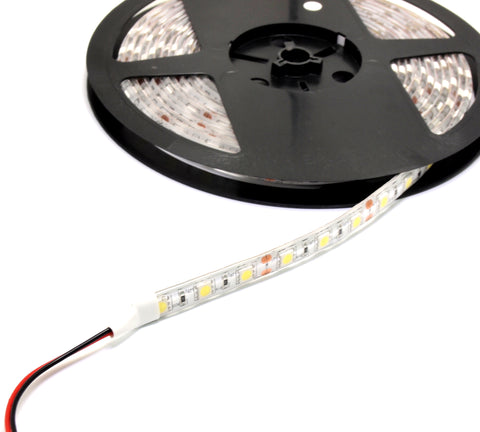Porchhound
Veteran Member
- Joined
- Jan 6, 2022
- Messages
- 80
- Vessel Make
- 1981 CHB 34
I did a search for this topic but came back empty. Anyone have any experience with LED conversions or additions?

AgreeDo not buy cheap LEDs. Some are quite noisy, RF-wise, enough that the Coast Guard issued warnings about it. I bought most of mine from MarineBeam.com, but I think there's at least one other vendor that's favored by others here too.
Also know that if you have dimmers on the incandescents you will probably need to change them, as LEDs generally need 12vdc PWM dimming, unlike incandescents that used voltage.
If you happen to have old school 12" florescent bulbs in your cabin, there is a really nice option of LED replacement bulbs. They are very well made and you simply cut out the ballast, splice in a new connection.
Just an fyi. You must look at the lumens and color of what you may need or what.
Lumens is the brightness output, the high the brighter. Color, from a blueish, to a yellow, tint to a bright white. Most people like a tint of yellow because its more like a 60 or 75 watt bulb.
Interesting. My 12" florescents were 12v DC. Those fixtures were in both staterooms as well as the salon. 20 bulbs in 10 fixtures. My engine room lights were easy. They were simple LED bulb replacements for the old 12v single bulb fixtures (incandescent, I suppose??). It's a worthwhile project for sure.Yup, did some in my engine room. Easy to cut out the ballast from the circuit to provide power directly. Though, to be honest, I may change over from them being AC to DC.
Interesting. My 12" florescents were 12v DC. Those fixtures were in both staterooms as well as the salon. 20 bulbs in 10 fixtures. My engine room lights were easy. They were simple LED bulb replacements for the old 12v single bulb fixtures (incandescent, I suppose??). It's a worthwhile project for sure.
I did a search for this topic but came back empty. Anyone have any experience with LED conversions or additions?
Just an fyi. You must look at the lumens and color of what you may need or what.
Lumens is the brightness output, the high the brighter. Color, from a blueish, to a yellow, tint to a bright white. Most people like a tint of yellow because its more like a 60 or 75 watt bulb.
When swapping in-home, standard base incandescent bulbs, what is the equivalent LED?
i.e. what LED rating replaces incandescent 60w, 100w and a 50/100/150 tri light?
When swapping in-home, standard base incandescent bulbs, what is the equivalent LED?
i.e. what LED rating replaces incandescent 60w, 100w and a 50/100/150 tri light?
For stuff like that I usually go by lumen spec of the old bulb vs the new to get a sense of what will be close in brightness.
"Does anyone know how to make a LED bulb dim properly? I've come to the conclusion that it isn't possible, regardless of what the seller claims."
Good question! You may want to start a new thread with that question. It will get more responses. this one is a few days old.
Does anyone know how to make a LED bulb dim properly? I've come to the conclusion that it isn't possible, regardless of what the seller claims.
Does anyone know how to make a LED bulb dim properly? I've come to the conclusion that it isn't possible, regardless of what the seller claims.
